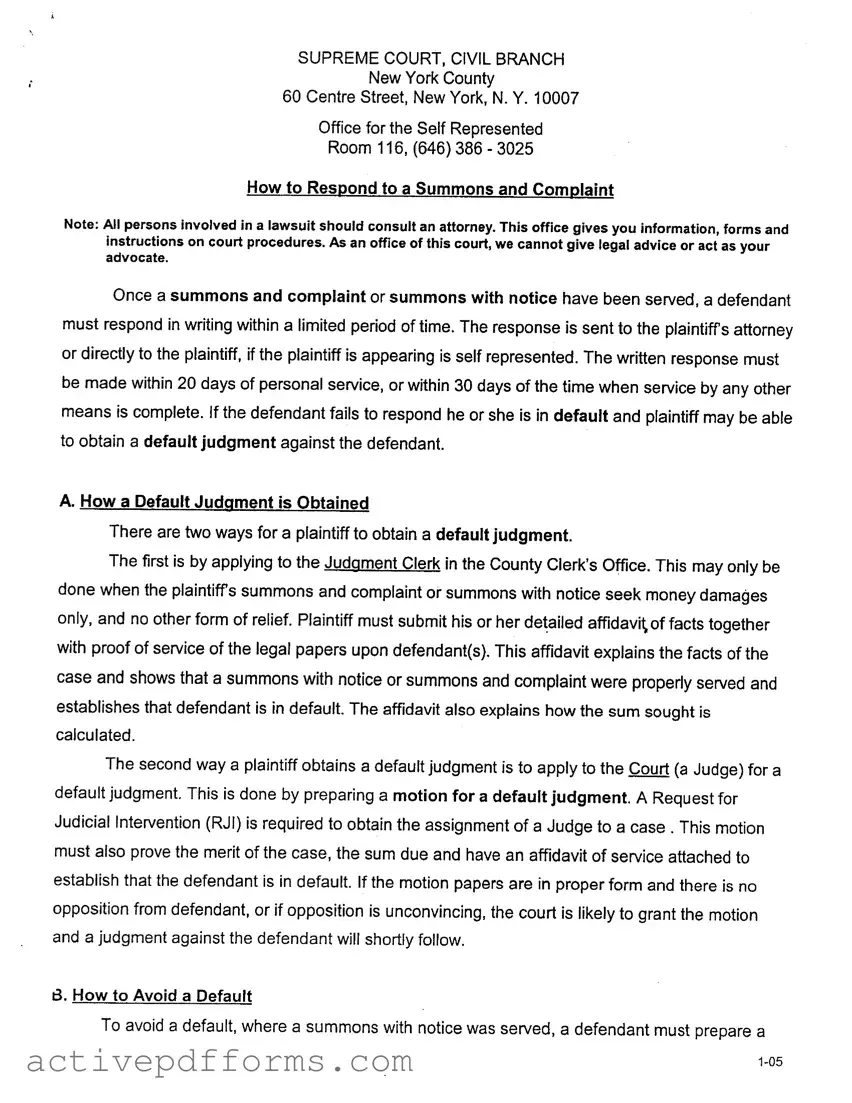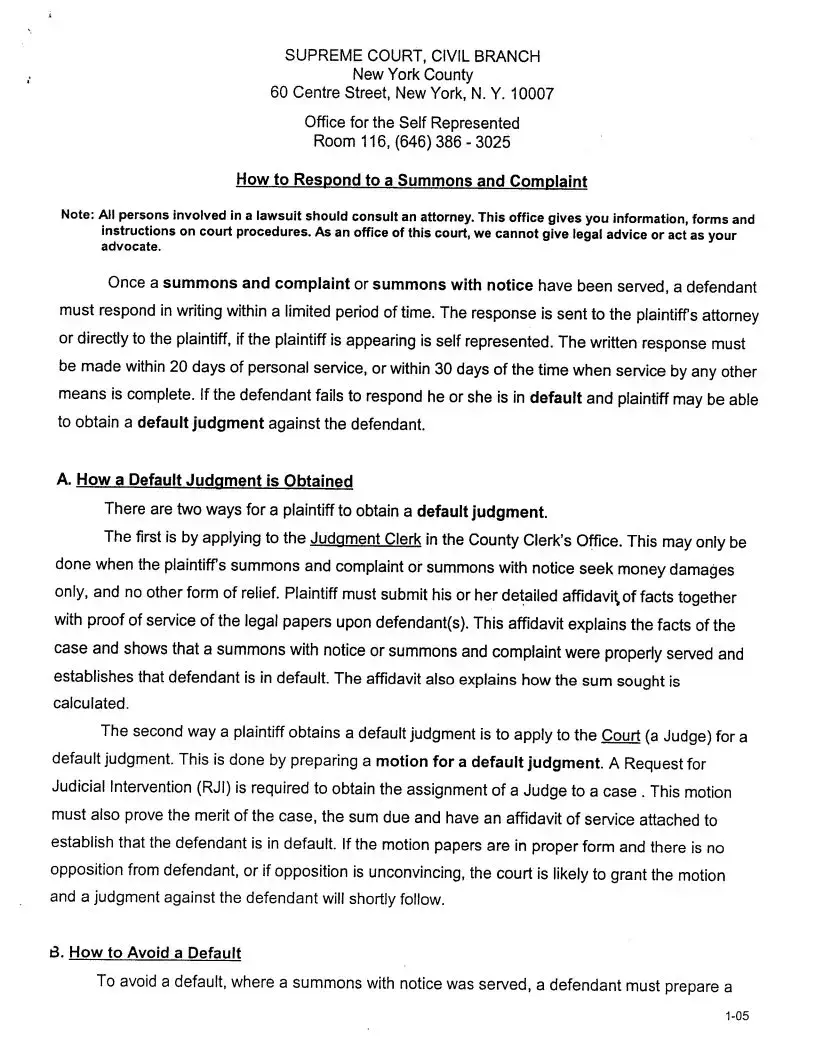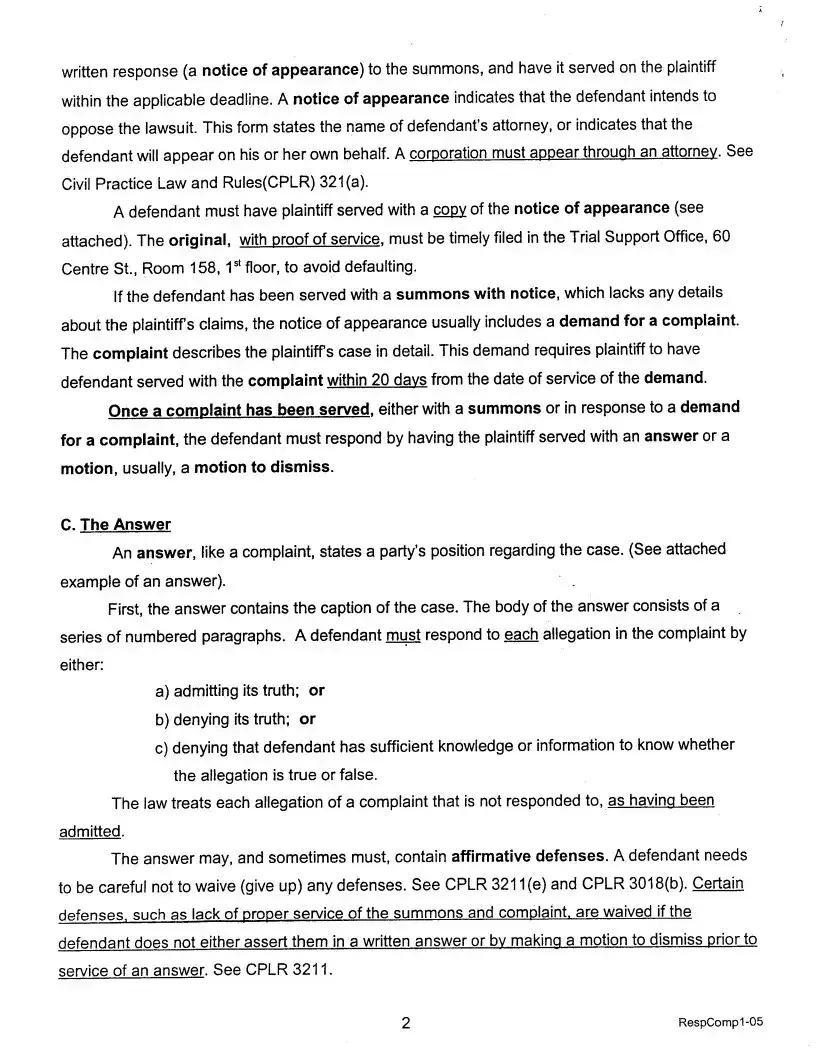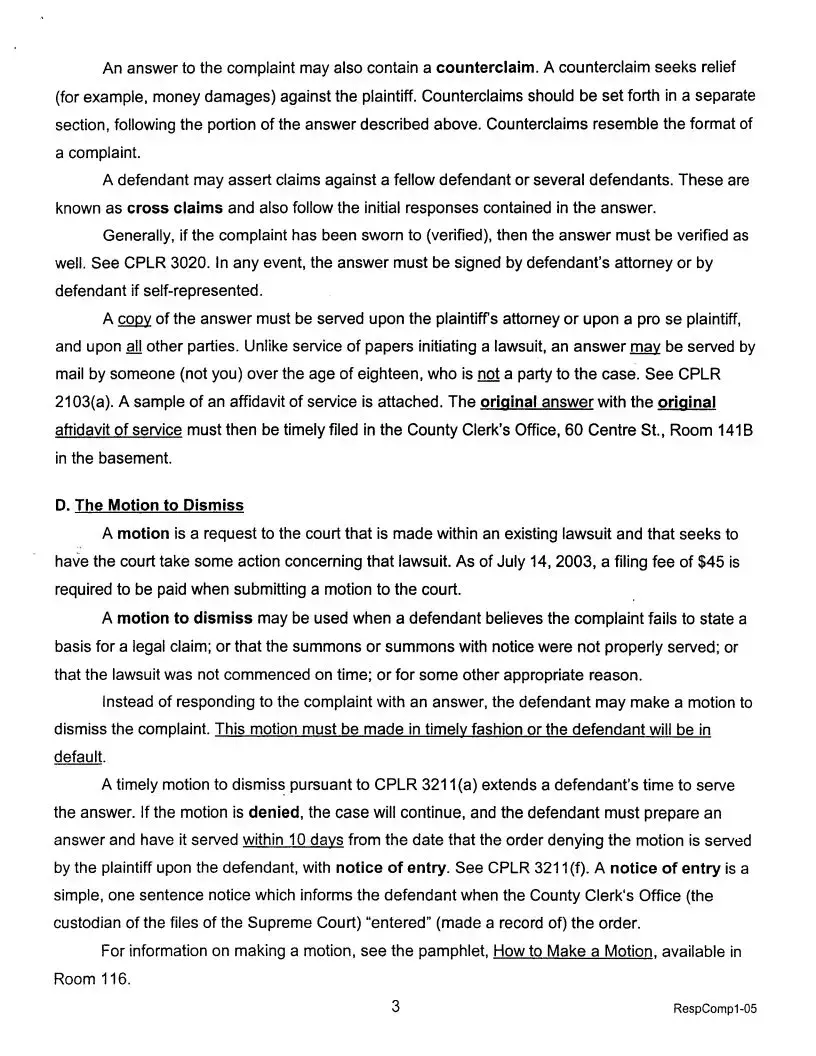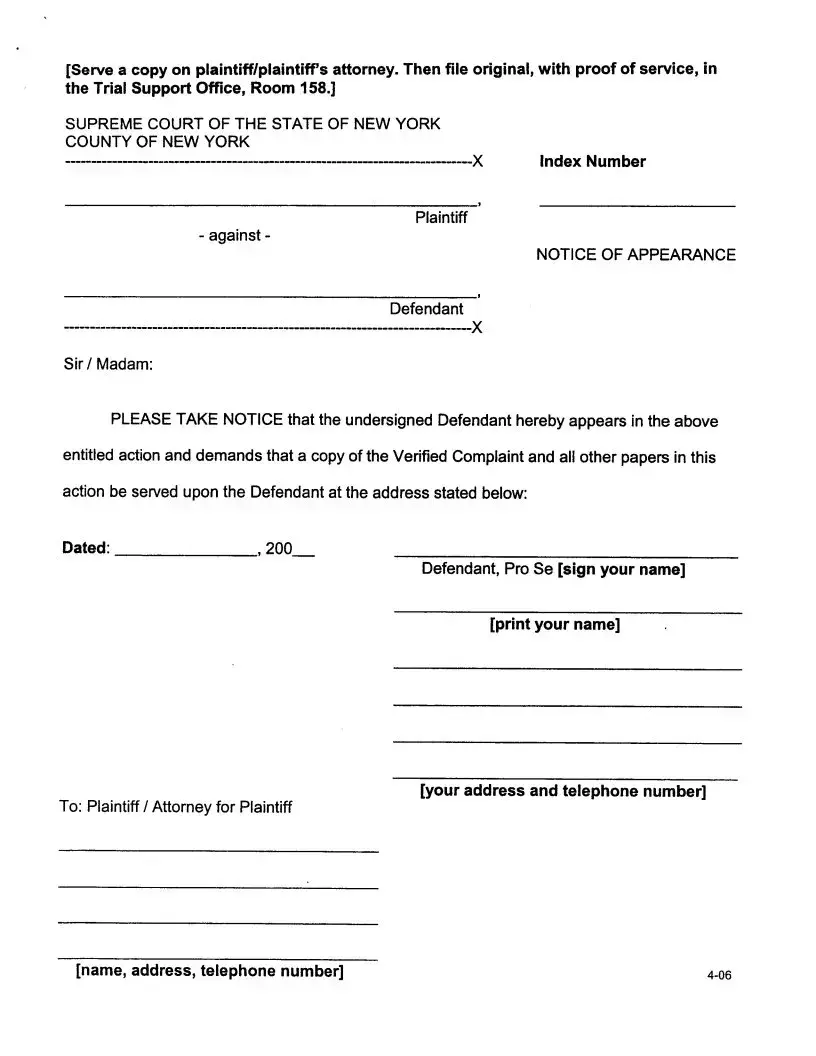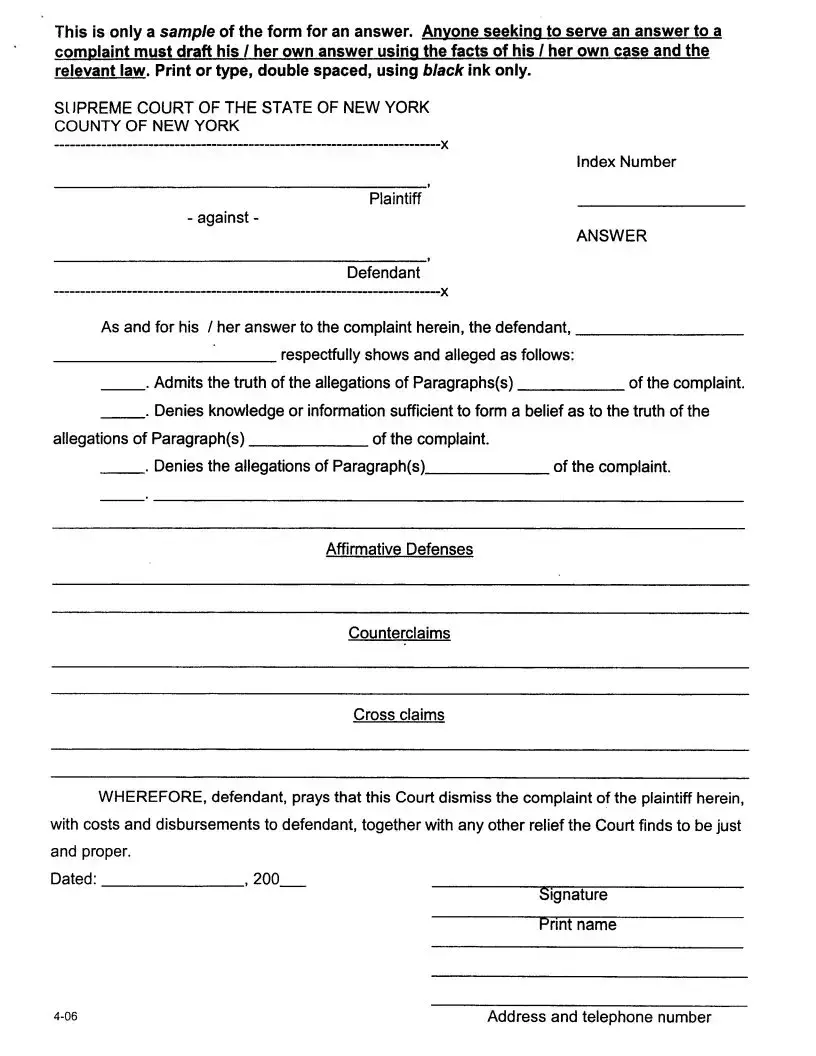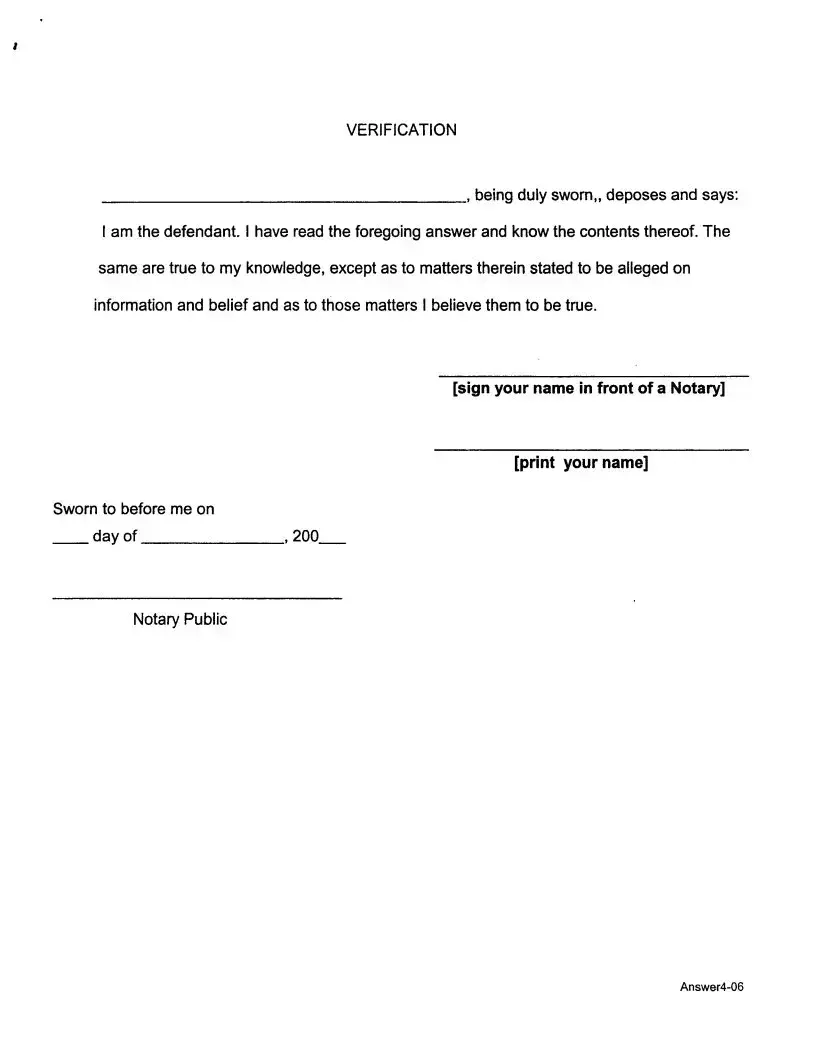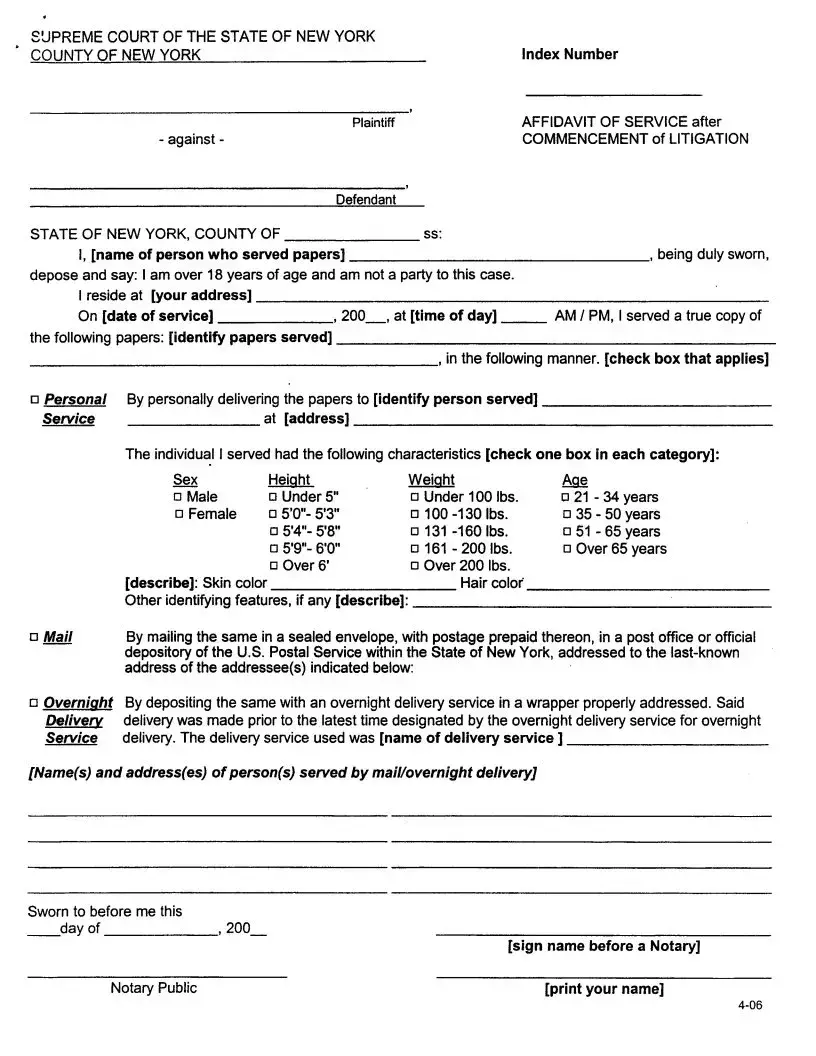When you receive a summons, responding in a timely manner is crucial to prevent defaulting. Respond within 20 days if served personally, or within 30 days if served by any other means.
If a defendant does not respond to the summons, the plaintiff can obtain a default judgment. This means the court may decide in favor of the plaintiff without hearing from the defendant.
To obtain a default judgment, a plaintiff must either apply to the Judgment Clerk if seeking money damages only or motion for a default judgment for other kinds of relief by proving the case's merit to a judge.
Avoiding a default requires the defendant to submit a written response, such as a notice of appearance, within the deadline. This document should be served on the plaintiff and officially filed with the court’s trial support office.
A corporate defendant is required to appear in court through an attorney, as per Civil Practice Law and Rules (CPLR) 321(a).
Preparing an answer as a response to a complaint or summons with notice is vital. An answer should address each allegation by admitting, denying, or claiming insufficient knowledge to admit or deny.
Failure to respond to an allegation in a complaint is treated as an admission of that allegation by the law.
Defendants must include any affirmative defenses in their answer or initial motion to dismiss to avoid waiving these defenses, according to CPLR 3211(e) and CPLR 3018(b).
Specific defenses, such as improper service of the summons and complaint, must be asserted early in the process—or the right to use these defenses can be lost.
Should you not have an attorney, information, forms, and instructions on court procedures are available from the Office for the Self Represented. However, the office cannot provide legal advice or act as your advocate.
